Economies of scale and cost reduction seem to be the buzz word in today’s business world. As the world economy tethers at the brink of devastation and Armageddon approaches, car manufacturers are at the race to achieve a state of production-Zen: minimum inventory, maximum output …. which usually results in us being served almost the same dish but with different packaging. I mean, you can have curly fries, steak fries, tornado fries, waffle fries, crinkle cut fries, traditional fries but ultimately, it’s French Fries. Different seasoning, different presentation but same base ingredient …. and this would result in some manufacturers producing cars that can be inherently as dull as canned beans (which is fine with some people since there are bean lovers; yours truly being one of them).
.
Fortunately for us, one Japanese car manufacturer decides not to follow the norm to maximize profits and give us cars with compromised safety features with the excuse “our buyers don’t need them”. Mazda have always stayed true to their mandate of driving excitement and this is particularly true in it’s Zoom Zoom philosophy. With most of its models featuring sleek designs, good performance, safety features on par with some continental counterparts and good fuel consumption/low emissions, Mazdas develop relationships with its owners to such a profound level, it’s almost as unfathomable as girls with shoes and handbags. Most Mazda owners I know keep their cars for years, not because they can’t afford to change but simply because the enjoyment of driving it is rarely matched with equivalent Japanese manufacturers (more on its competition later). And one of the better selling models we see on Malaysian roads is the Mazda 3.
Design
.
Seen here is the newly facelifted Mazda 3 …. which, if you ask me is as obvious as changing a pair of short pants. The only difference you can see at the exterior is a pair of revised bumpers. Oh, and the signature Mazda “smiley face” is still there.
As you can see, the front fog lights are now incorporated better to the front bumpers and the lower lid has some changes.
.
The rear boot also gets a small revision with the lower reflectors are more horizontal (and in the case of the hatchback, a rather trapezoidal shape) instead of downwards. And that’s about it.
.
.
Integrated turn blinkers on the side powered-foldable mirrors.
.
.
I’ve always had trouble telling the difference between the 1.6L and 2.0L and after being explained by the SA, it’s a little easier now. One area to look at is the rims where the top picture is the 2.0L’s 17″ wheels wrapped in 215/45 rubbers whereas the 1.6L gets 205/55 R16 wheels.
.
Aside from that, bi-xenon projectors still adorn the 2.0L’s front headlights whereas the 1.6L gets standard halogens. Also, the signal lights are more pronounced in the 1.6L where the upper edge of the headlamp is lined with the orange reflectors whereas the 2.0L’s signal area is smaller.
.
At the rear tail lamps,, the 2.0L has a clearer, more transparent design whereas the 1.6L looks more conventional
Performance
The 2.0L produces 145HP @ 6,500rpm with 182Nm of torque @ 4,500rpm paired to a 5-speed automatic gearbox whereas the 1.6L kicks out 103HP @ 6,000rpm with 144Nm @ 4,500rpm paired to a 4-speed automatic. No official zero to hundred figures but acceleration is brisk for the 2.0L. Some sources say the 2.0L gets you to 100kph from standstill in 8.5seconds but I was unable to verify this as I was hampered by traffic in my test.
While shopping for a new car last year, I took a few spins on both the pre-FL 1.6L and 2.0L; I was not impressed then. The 1.6 felt underpowered and the 2.0L felt just like any other Asian 2.0litre engine (which is to say it lacks character, a little rough and though the torque curve is linear, it’s so …. plain).
The FL that I tested here felt totally different from the unit I trashed last year. Performance remains good but the engine noise was better insulated this time around. The power delivery is more refined and gearshifts don’t shake you as much as other auto tranny. I dared not push the engine too much as the clock on the ODO showed only 55km and I didn’t want to be the one to “deflower” the car. Still, power was available on tap whenever I felt like flooring it.
Ride & Handling
Each Japanese manufacturer may find its niche in catering to a specific customer need; some aims for ultimate comfort, others aim in performance …. the Mazda, on the other hand shines in the ride and handling department. The steering is an Electro-Hydraulic Power Assist Steering (EHPAS) system and is speed sensing which means at lower speeds, the steering weight lightens up a little and gets heavier at higher speeds, providing good feedback on road conditions and the amount of grip available for you to push it faster around the corner.
Speaking of corners, the Mazda 3’s front MacPherson struts and multi-link rear sets it apart from the other Japanese auto makers. The Mazda 3 may not have much in straight line acceleration but it can claw its way back up at the bends if you’re on a race up to Genting with a Civic. It felt composed and at certain moments, you’ll find yourself smiling as the car’s chassis redefines how you turn the wheels at speeds. It’s not harsh to the point where potholes and bumps stresses your spine but neither is the suspension soft to the point where body roll makes it wallow like a whale …. somehow, the engineers in Mazda have a way of ensuring comfort is still there despite a sporty suspension tune-up.
There are 2 notable differences between the pre-FL and FL model: NVH and brakes. I have mentioned that engine noise is insulated in this unit; it’s the same for road noise. You’d feel like you’re sitting in an expensive C segment continental car with the way the door closes to how McDonald delivery bikes that passes your car sound like bicycles. As for the brakes, I had the liberty of testing it when a dog dashed in front of the car while testing. Braking at speeds felt composed and the vehicle stayed true to its path. I cannot recall how the pre-FL brakes were but the current batch of brakes felt fine.
Cabin Convenience
One of the key features about Mazda cars that has always attracted me is the sheer number of buttons. You get a lot of them …. the only other area where you might find more buttons than a Mazda is on an Airbus A380 plane.
.
The steering of a Mazda 3 2.0 is probably one of the “busiest” you’ll ever find on a car sold in Malaysia which makes it ideal for gadget freaks like me. First of all, the paddle shifts are not the conventional left-downshift-right-upshift paddles mounted behind the wheel. Instead, the downshifts are buttons (upshifts remains as back mounted paddles) … which (to me at least) can be somewhat awkward as you’ve got to thumb your way down the gears.Volume controls on the left whereas the MFD’s controls are on the right. Below are the cruise control settings.
.
The 2.0L model has auto wipers and headlight function
.
The ODO meter is simple and easy to read. Different from the pre-FL where it used to be more blue/red, the FL unit now has white meters similar to the CX-5. See? I was not lying when I told you the test unit I was given has only been on the road for 55km.
The Multi Info Display tells information at the center stack on the dashboard, making it better for drivers to see the road while accessing everything from fuel consumption, fuel range to tire rotation and service reminder. If I recall correctly, the previous display has orange fonts whereas the FL now uses white and the readout is very easy to see.
Press this and get ready for some Zoom Zoom
The touchscreen infotainment system has got to be one of the best around. It’s huge, making it easy to access functions and more importantly, the Papago GPS system that comes with it allows maps to be seen with greater clarity. The CX-5, though uses the same system has, IMHO too small a display for such a large car. This headunit sits very well on the dashboard, looking very neat and tidy.
Below the HU are the air conditioning controls where the 2.0L features a fully automatic dual zone system whereas the 1.6L gets manual
.
.
Auto dimming rear view mirrors are great when driving on the highways at night
.
As for the seats, naturally, the more expensive 2.0L gets perforated leather while the 1.6L gets fabric.
Quite surprising to me is that most Japanese manufacturers offers loads of nooks and crevices for drivers and passengers to stuff all their handphones, hands-free kit (which you might not need here since the Mazda 3 comes with Bluetooth for both engine variants), etc. The Mazda 3 on the other hand has relatively lesser compartments. Even the center arm rest console’s space is not particularly big but it’s wide and deep enough to swallow things like Smart Tags, etc.
.
The biggest weakness of the Mazda 3 is the lack of rear legroom. With my 178cm height driving position adjusted in front, my rear knees are scraping the back of the front seats. And if you drive the sedan and I’m sitting behind, my head will be touching the roof due to the sloping C pillars. The hatchback, on the other hand does not cause head trauma for rear passengers if you decide to go fast at the bumps due to its rather boxy rear end.
.
.
The lack of rear air conditioning vents may be a deal breaker for some
.
Of course, if you do opt for the hatchback, there isn’t much depth to throw luggage in (see 2nd picture). One thing that’s particularly notable about the boot of the Mazda 3 is that they use gas springs that are mounted on the outsides of the boot area.
Those springs don’t look cheap and certain adds to the upmarket feel of the Mazda 3. The only downside to it is that it makes the loading aperture a little smaller but that’s just nitpicking considering the opening is big enough to accommodate most cargo (that includes your mother-in-law)
Underneath the boot floor, you’ll find a space saver spare tire.
.
.
Safety
.
Both 1.6L and 2.0L has the following active and passive safety features:-
- Dual Front airbags
- 4W ABS
- EBD
- BA
- Immobilizer & Burglar alarm
In addition, the 2.oL model has side and curtain airbags (total count of 6 airbags). However the lack of any form of electronic stability control is glaringly obvious.
.
Specifications
The Mazda 3 comes in both sedan and hatchback form with 2 different engines each.
1.6L Sedan & Hatchback
- Infortainment Touchscreen that plays CD, DVD, AM/FM, USB, SD Card, AUX (with Built in GPS and Bluetooth)
- 4 speaker system
- Multi Info Display
- Tilt & Telescopic Adjustable Steering Wheel
- Mazda Total Protection Program (TRIBOS coating) on Paint, Glass, Alloy & Fabric
- Manual air-conditioning
- Halogen headlights
2.0L Sedan & Hatchback
In addition to the 1.6L unless stated otherwise
- Dual Zone Fully Automatic Air Conditioner (instead of manual)
- 6 speaker system
- Leather wrap gear knob & steering wheel with paddle shifter
- Smart Keyless Entry & Engine Push Start
- Full Leather seats
- Auto dimming rear view mirror
- Auto Cruise Control
- Auto wipers with Rain sensor
- Bi-xenon auto headlights with auto headlamp levelling function
Maintenance and cost of ownership
The CKD Facelift Mazda 3 comes in 4 forms;
1.6L Sedan – RM103,497
1.6L Hatchback – RM108,932
2.0L Sedan – RM124,071.70
2.0L Hatchback – RM129,526.70
Service interval is once every 10,000km and each service is in the RM200-ish region which is cheaper compared to some other Asian make cars.
Also, good news for Mazda 3 owners because the Tribos active polymer coating that ensures your car remains shining for years has now been extended to the model instead of just the CX-5.
Compared to its competitors, here’s how the Mazda 3 2.0l stands:
Sedan comparison
Hatchback comparison
.
Equipment wise, it’s certainly one of the best Japanese models around and worthy of contending against other Asian makes. It’s closest rival is probably the Honda Civic where the Civic trumps the Mazda 3 by offering a larger cabin space, better straight line acceleration and probably a slightly better resale value. But the Mazda 3 comes back with better specifications, more dynamic ride and handling. Ultimately, it’s all up to you and the test drive(s). Those like me who have tested the pre-FL should do it again with the FL; it’s a little different, a little grown-up and rewards its drivers much better now …. truly worthy of its Zoom Zoom badge.
.
.
This review is made possible with the assistance of Mr William Leong, Sales Manager of Prima Merdu Sdn Bhd, Sri Petaling. He can be reached via his contact number017-811 8660
.
.
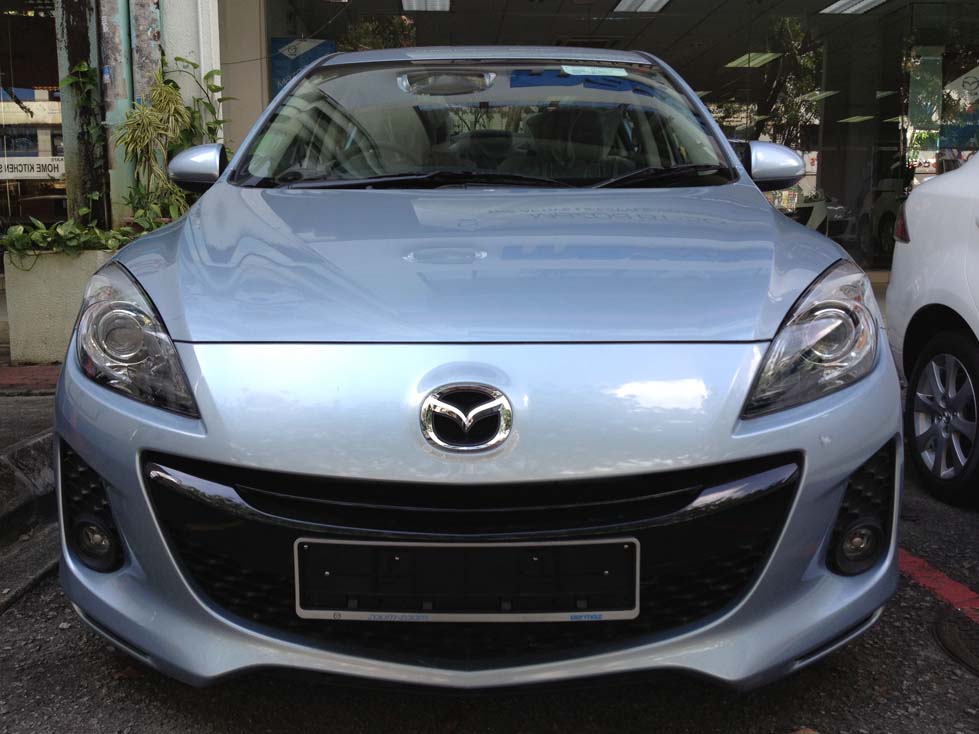
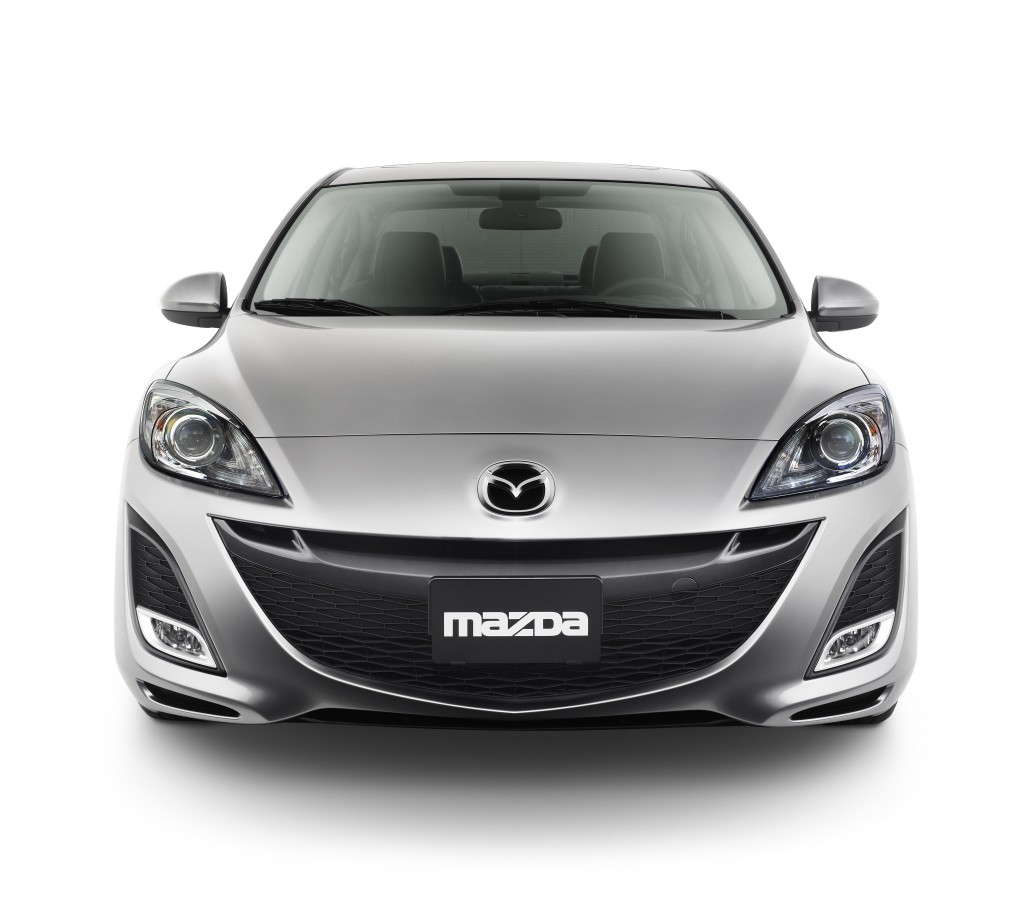
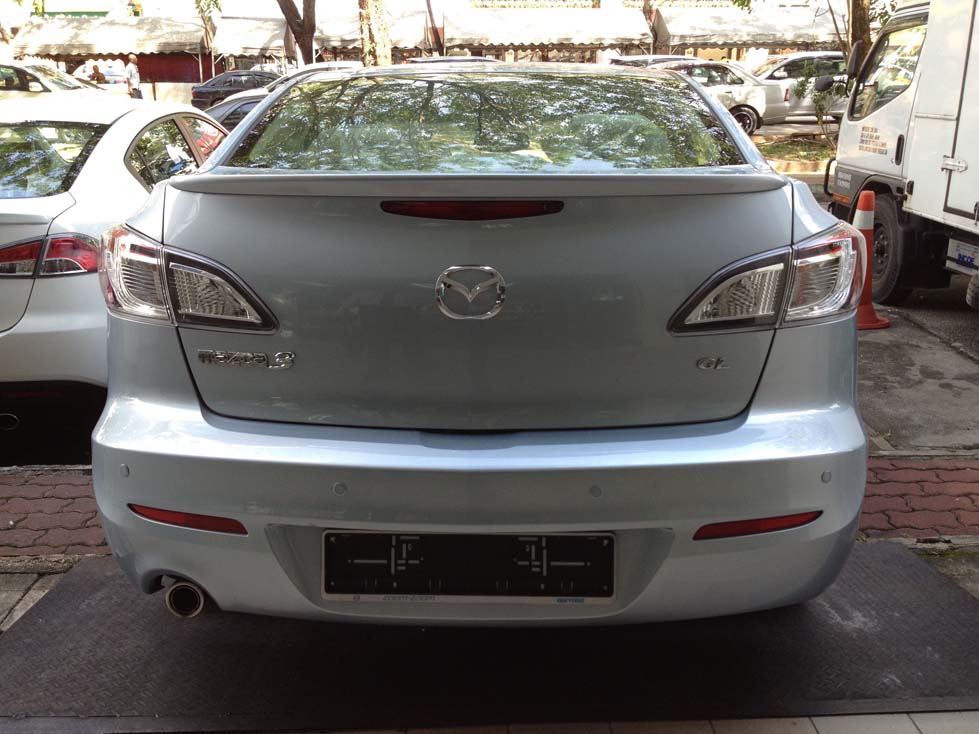
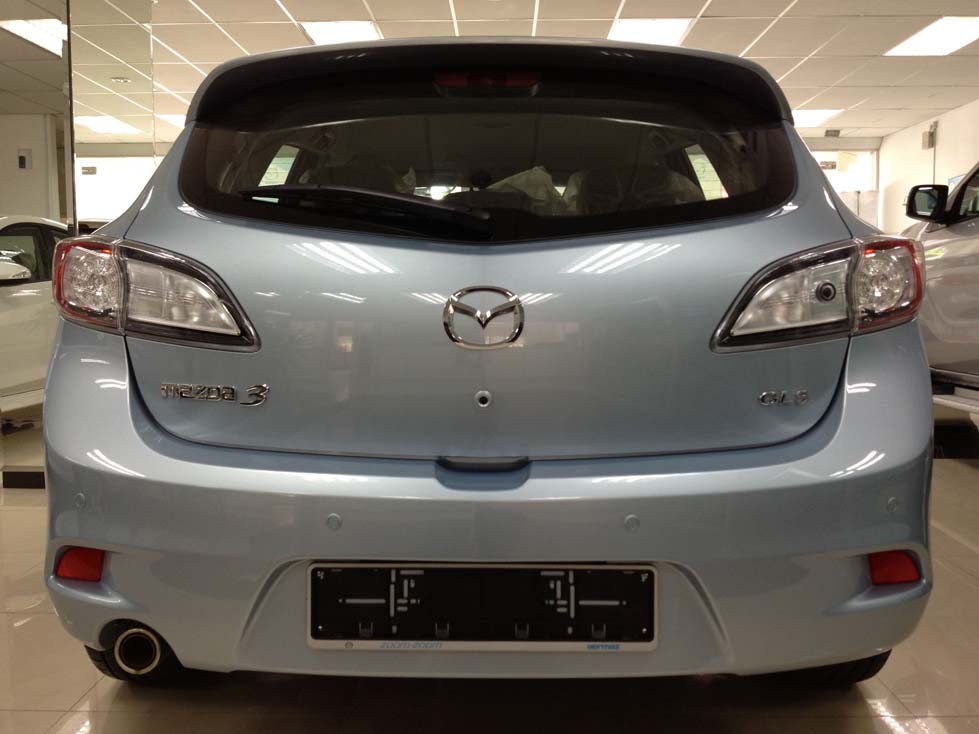




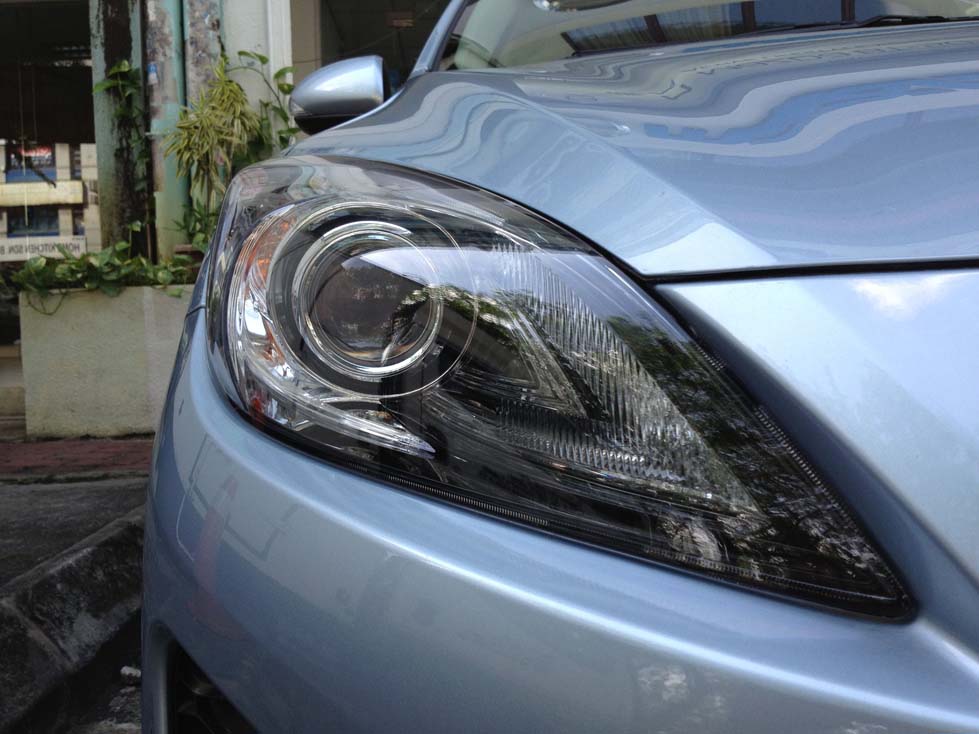

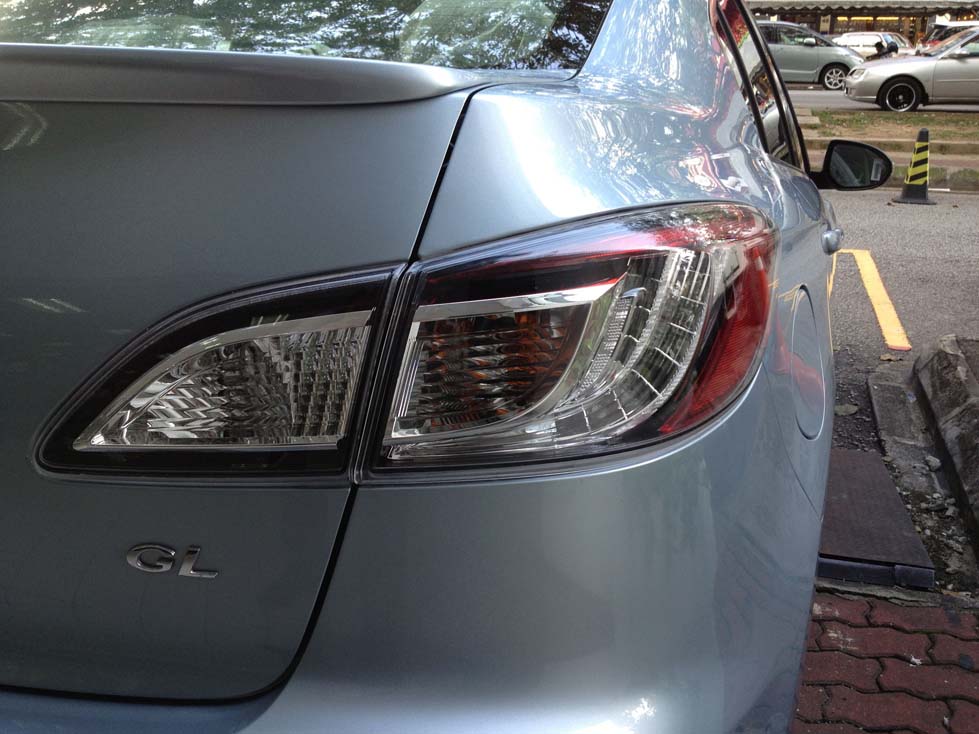

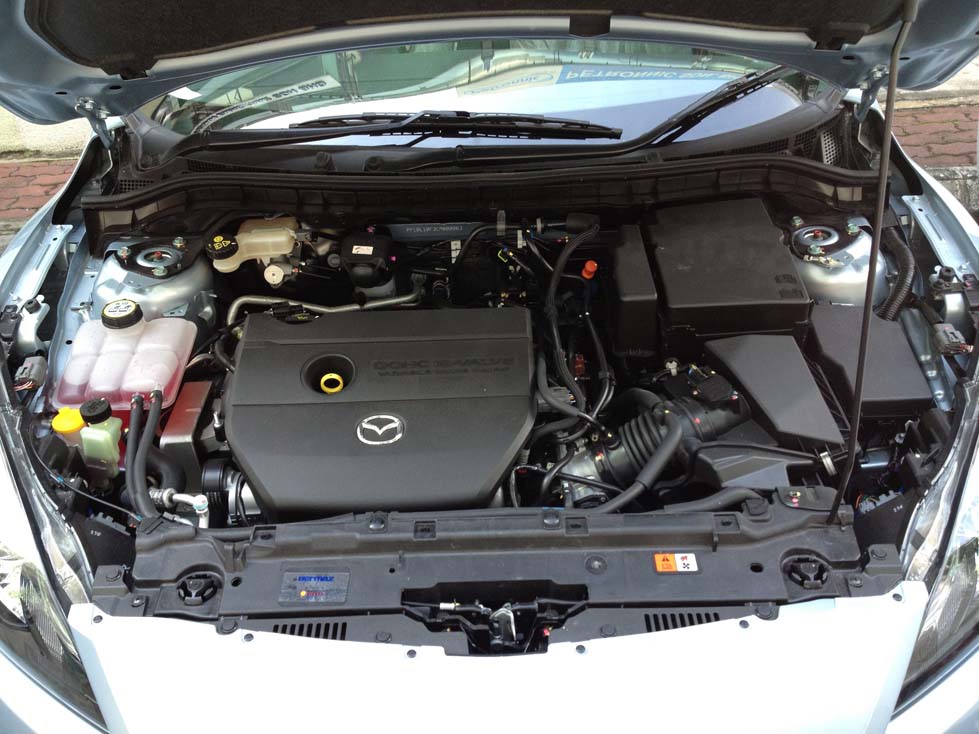
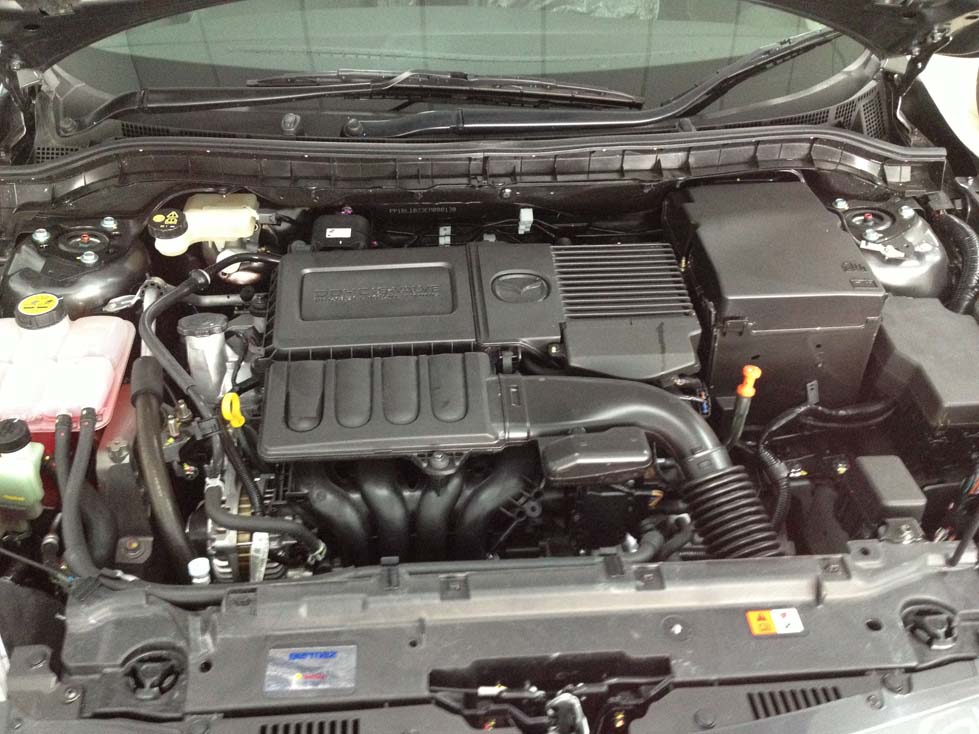
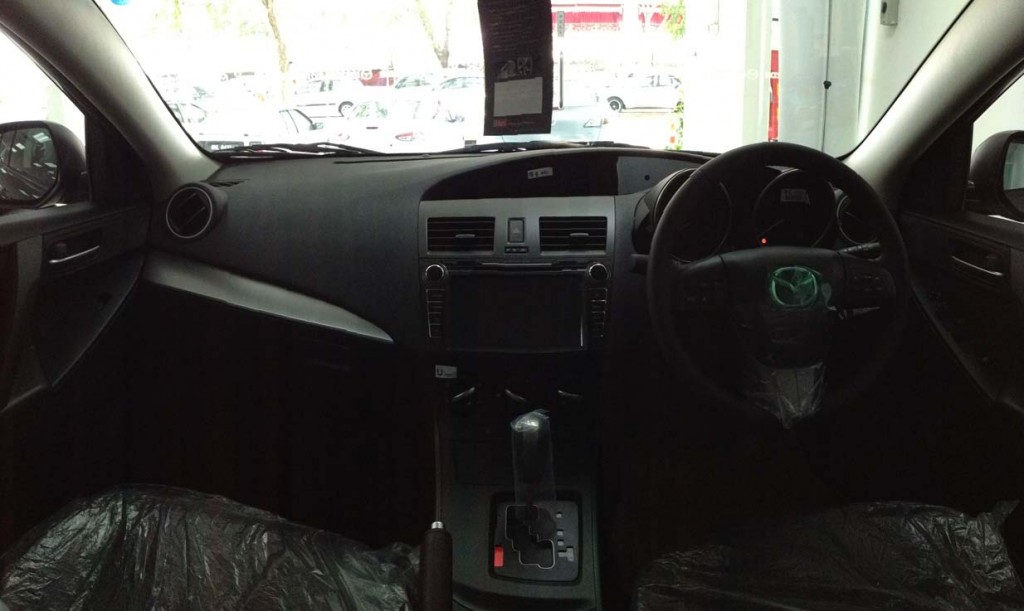
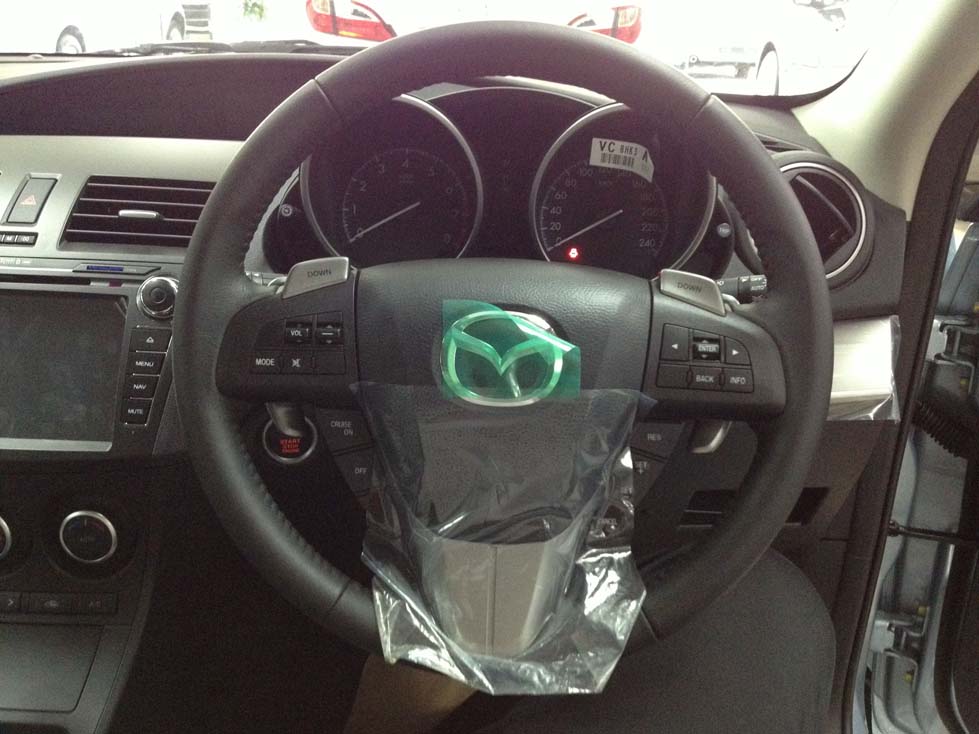

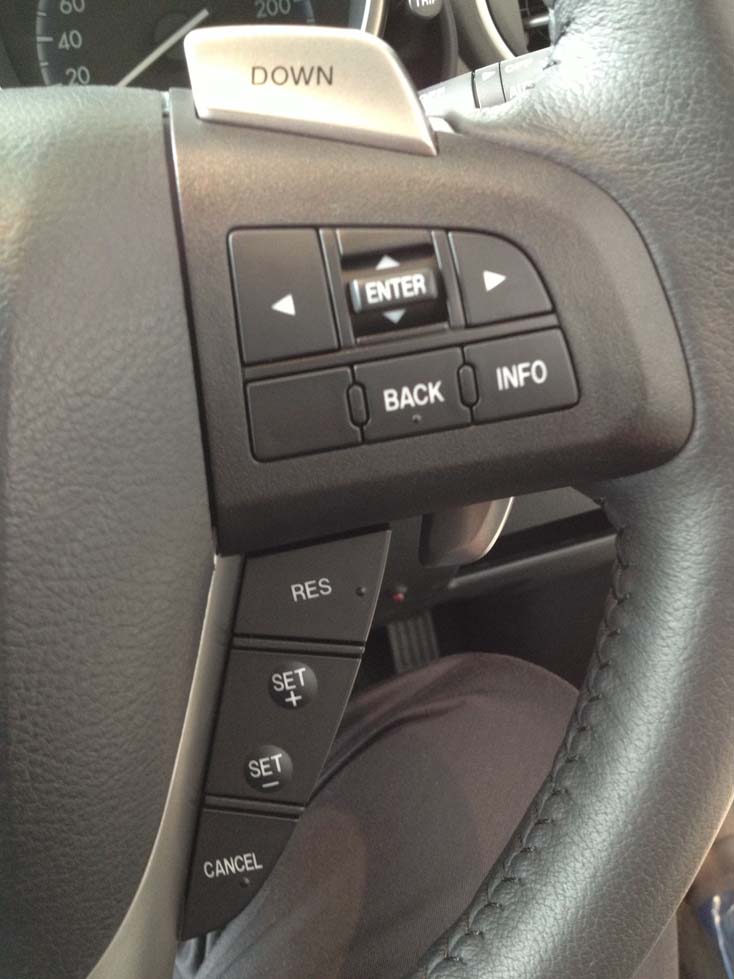

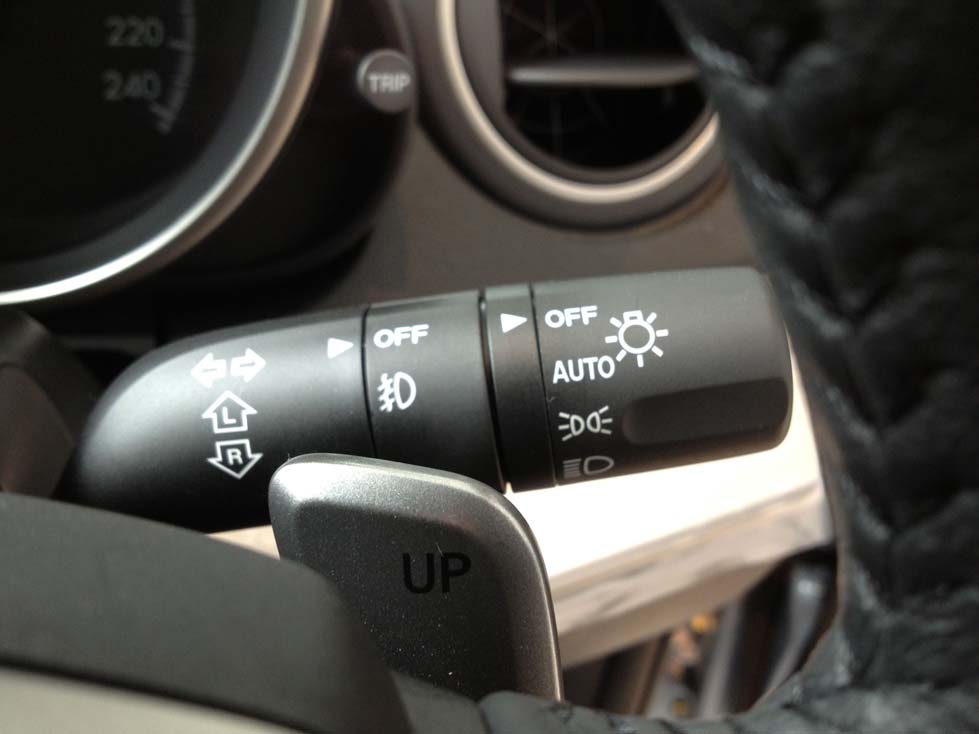
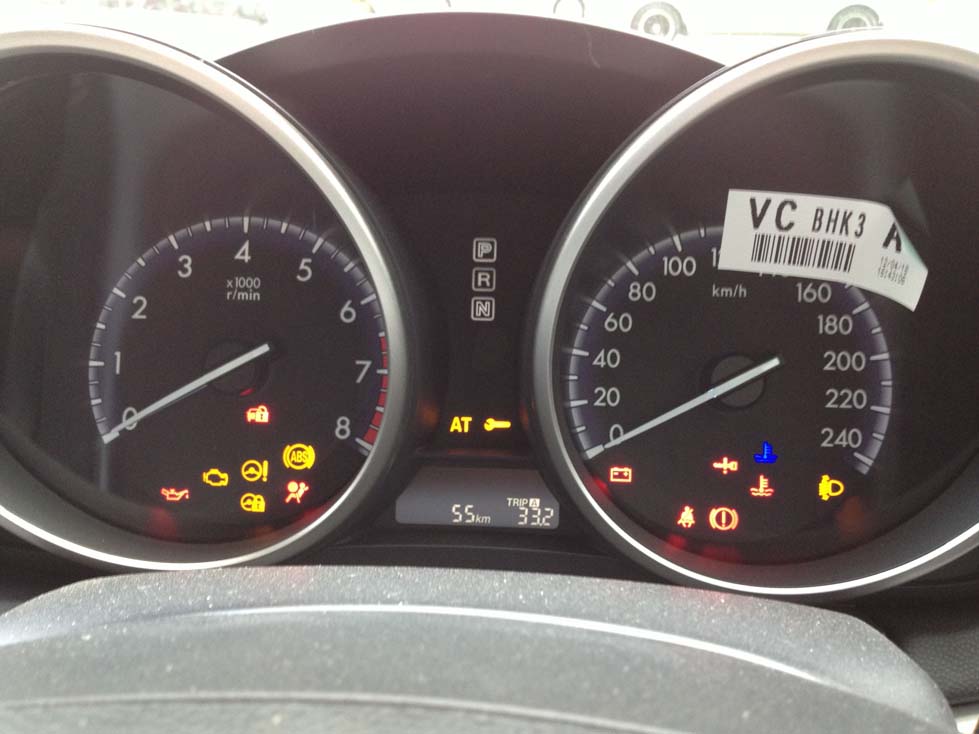
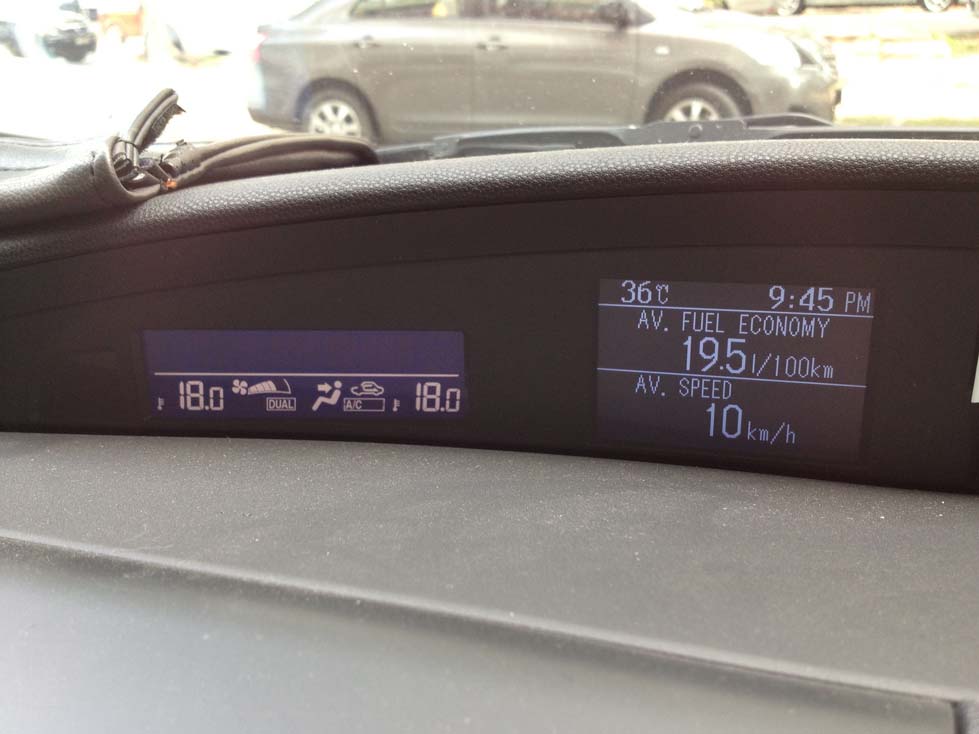
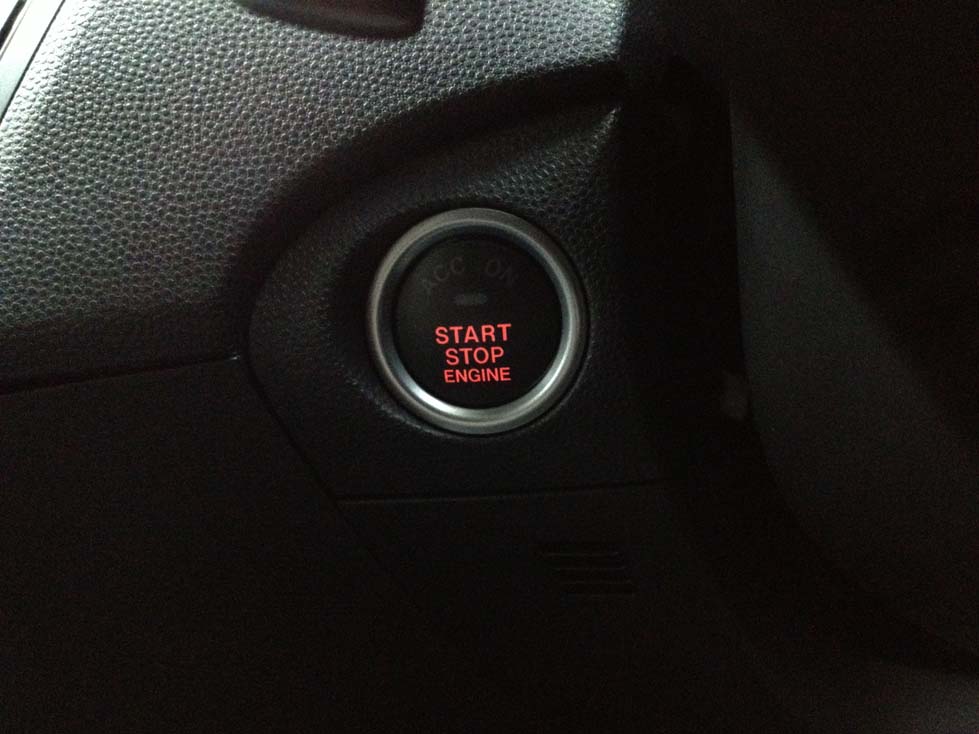
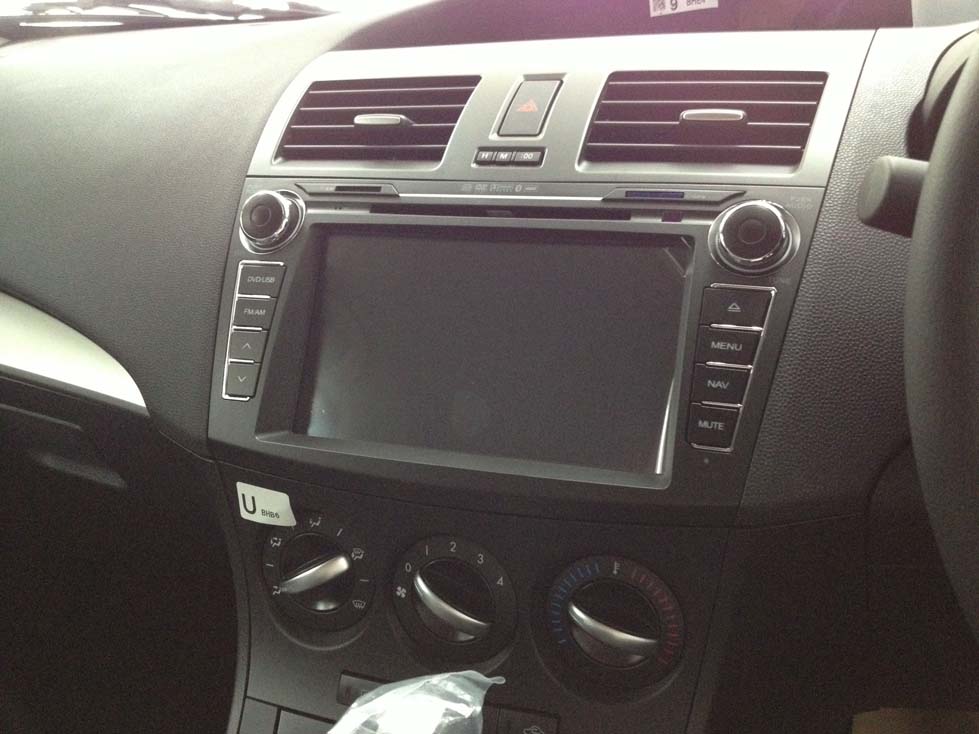
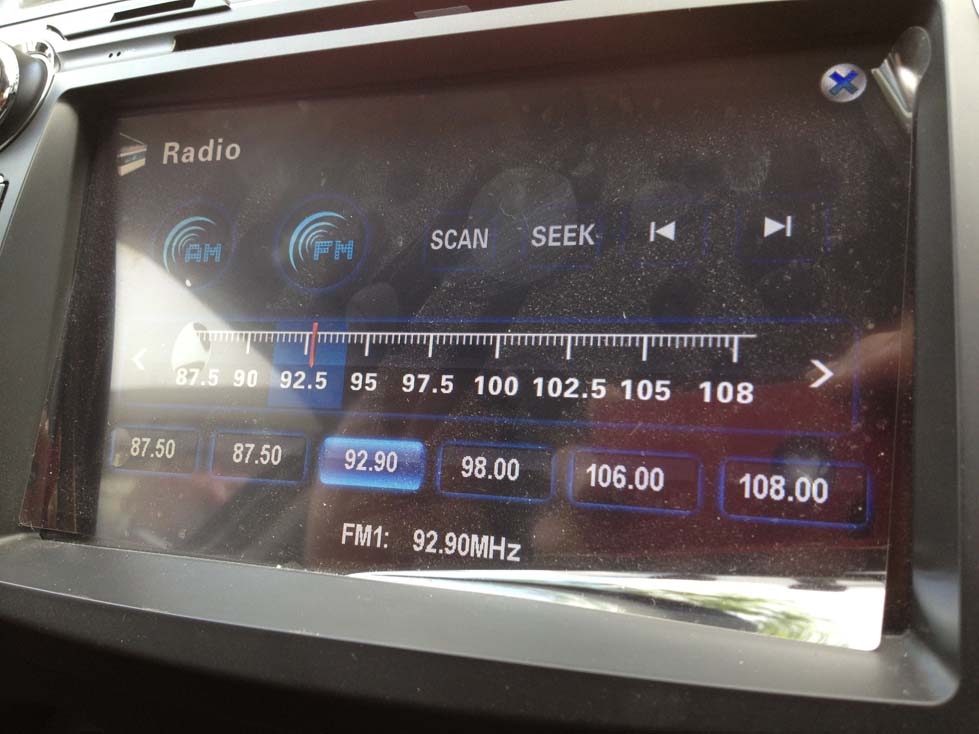
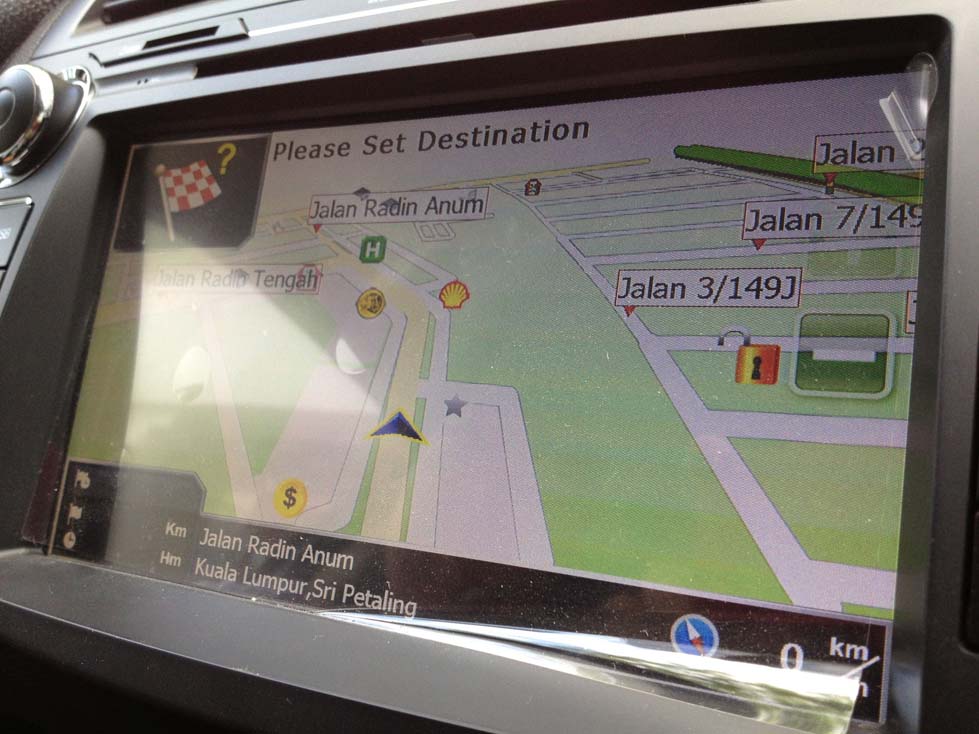
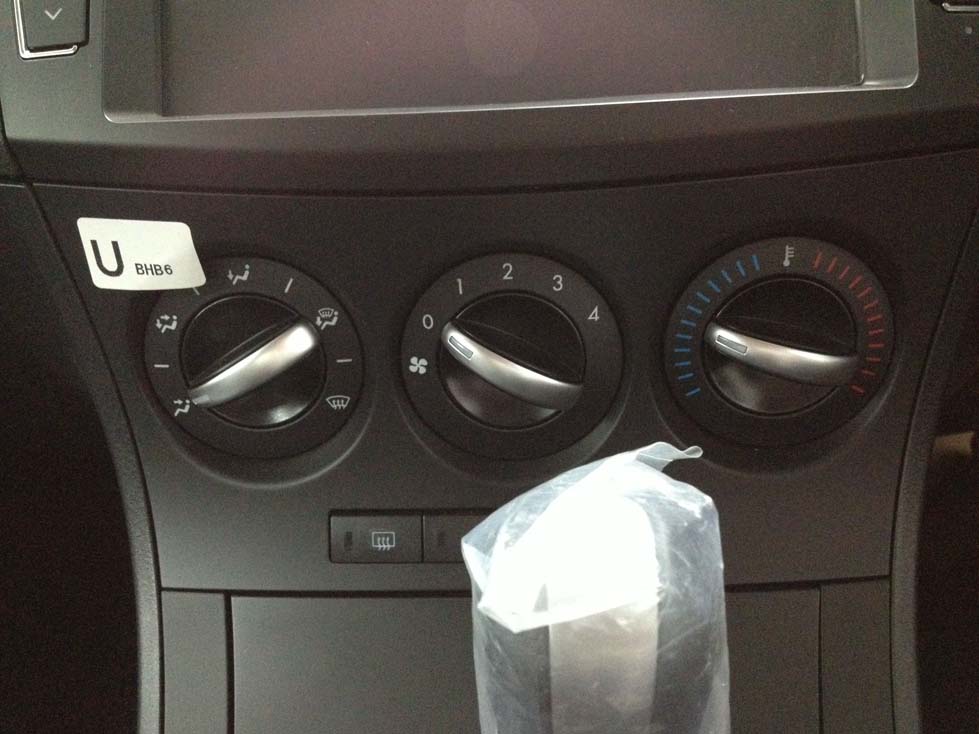
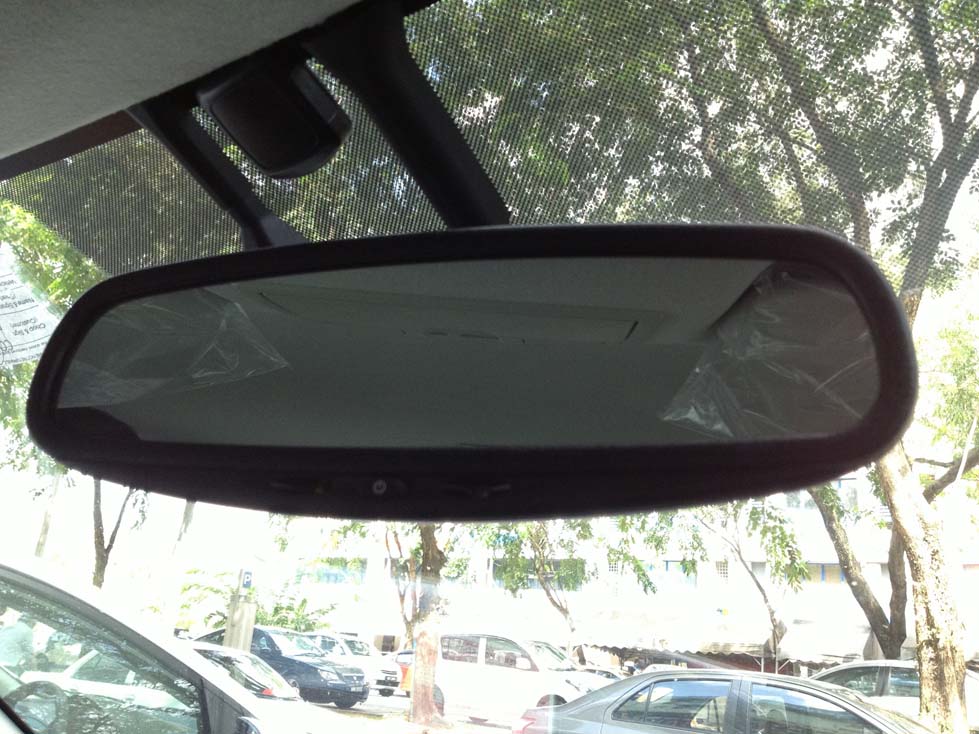
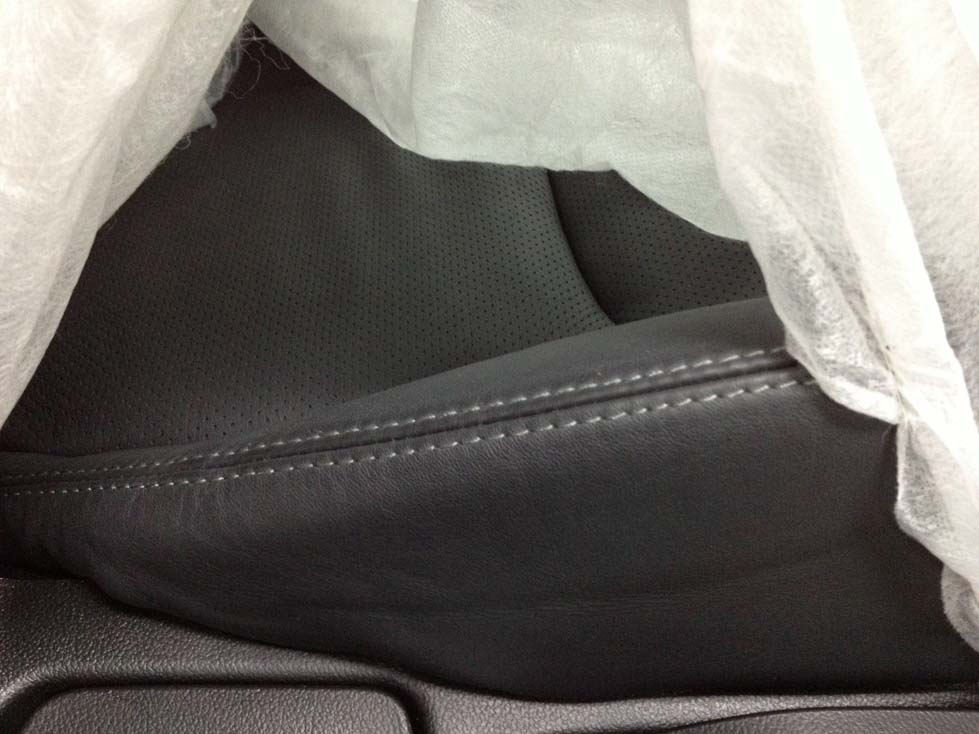

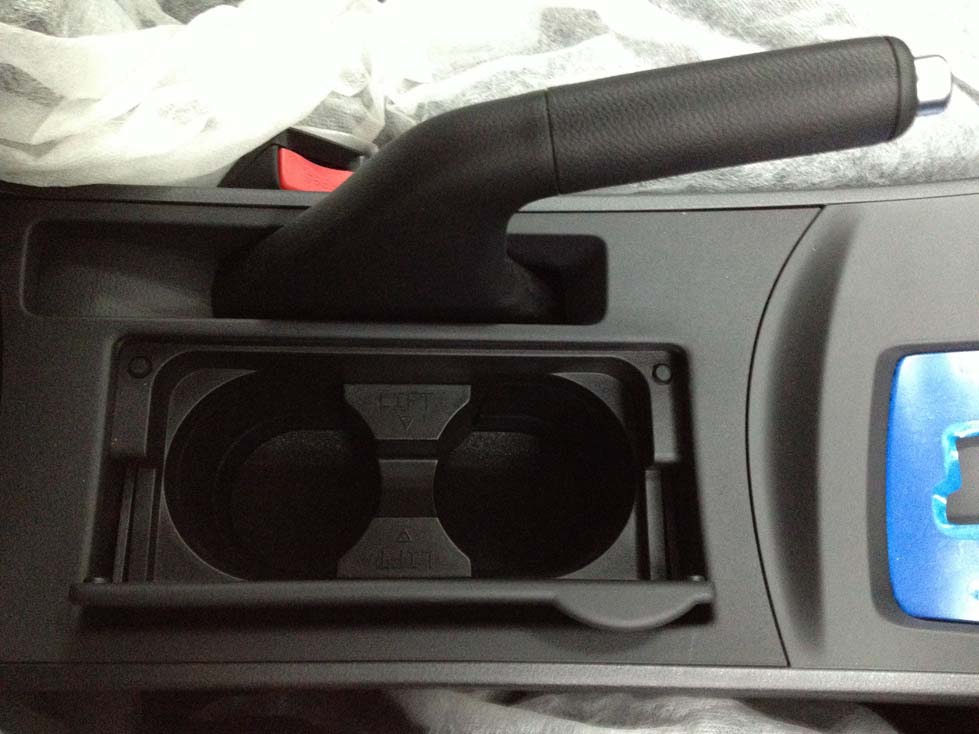
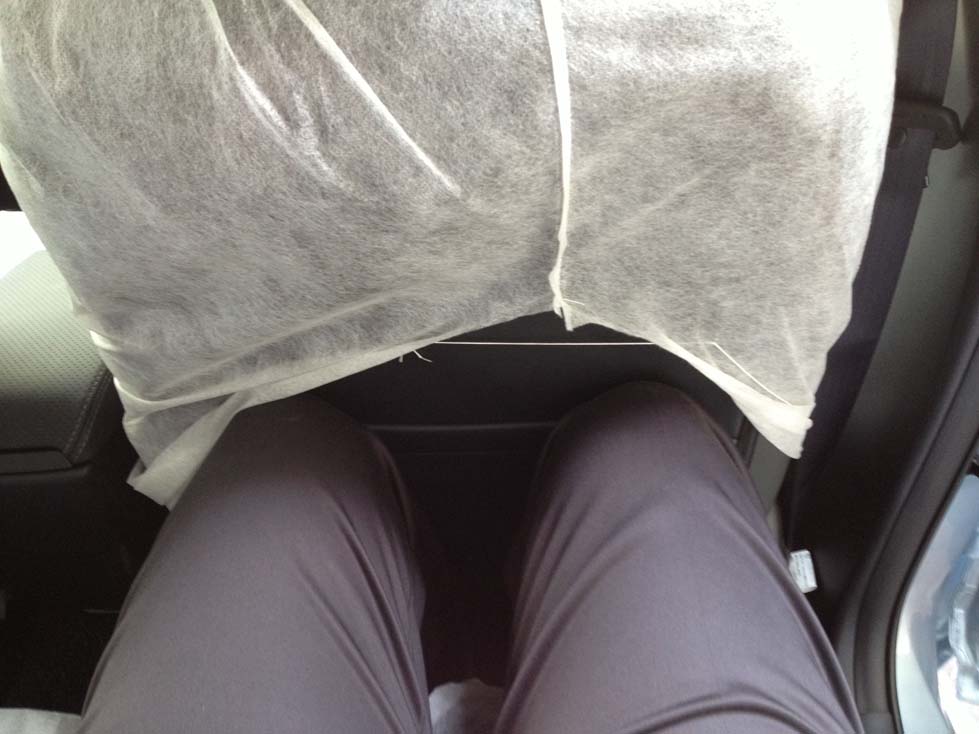
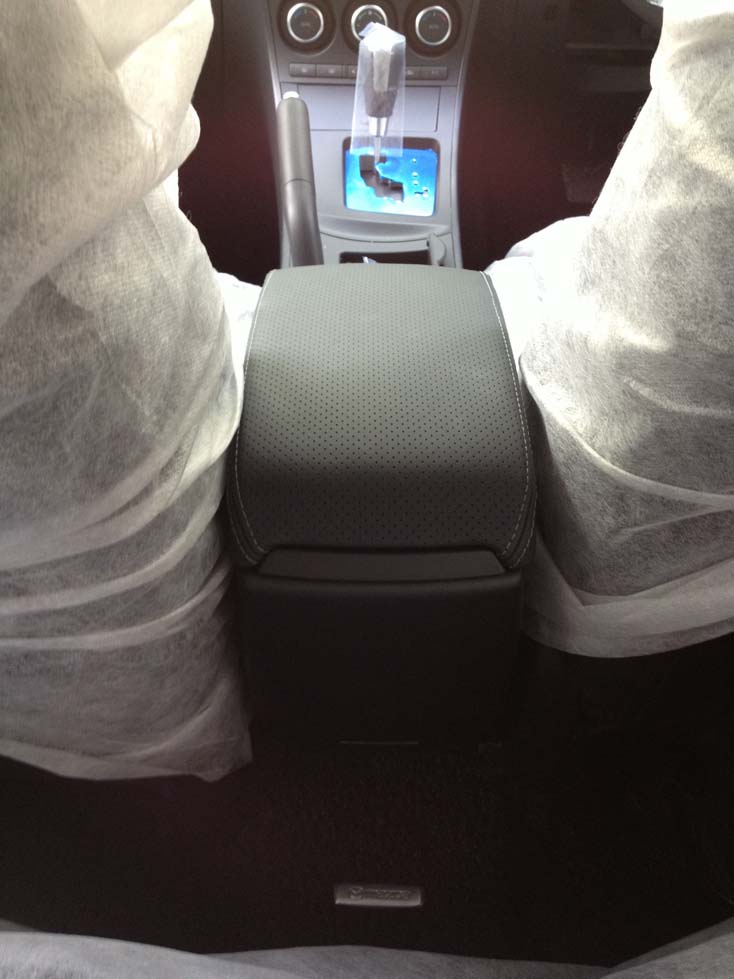
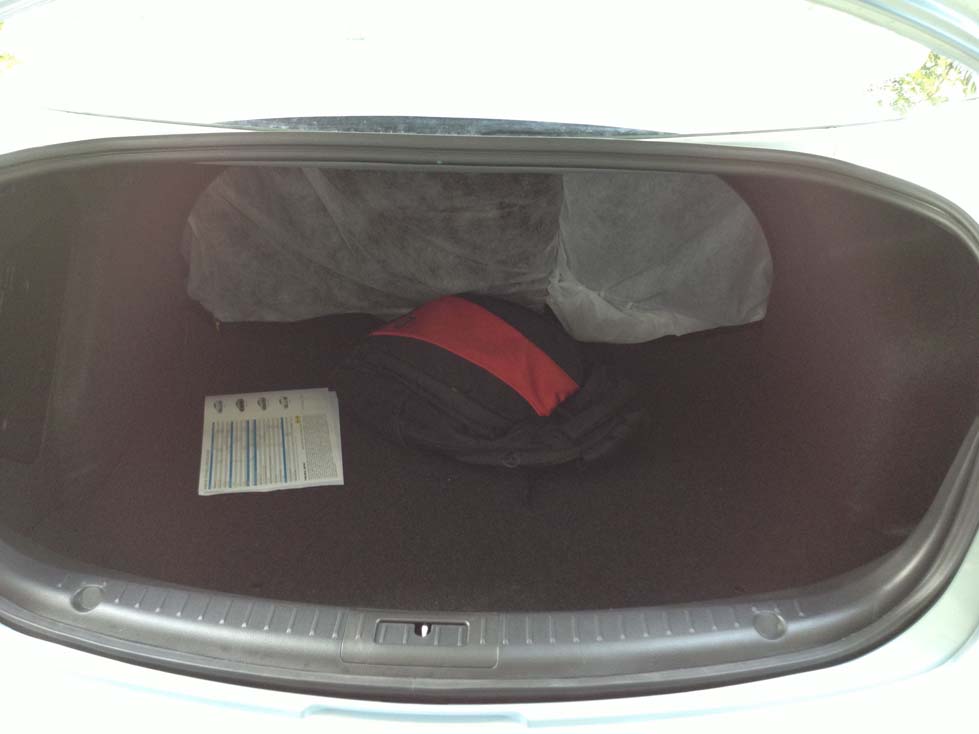
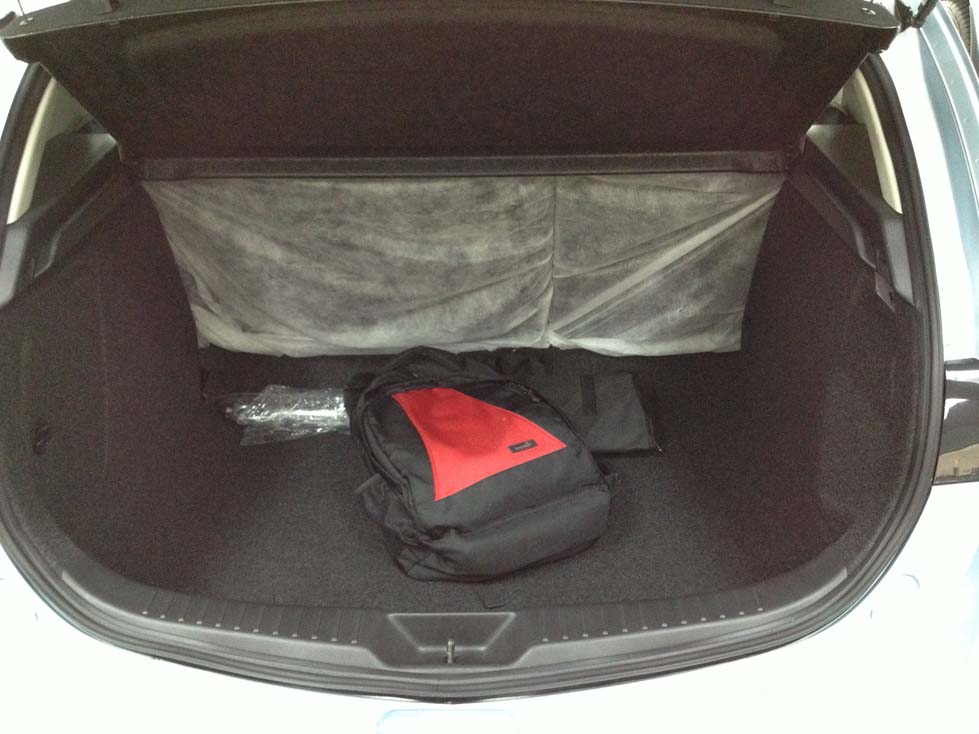
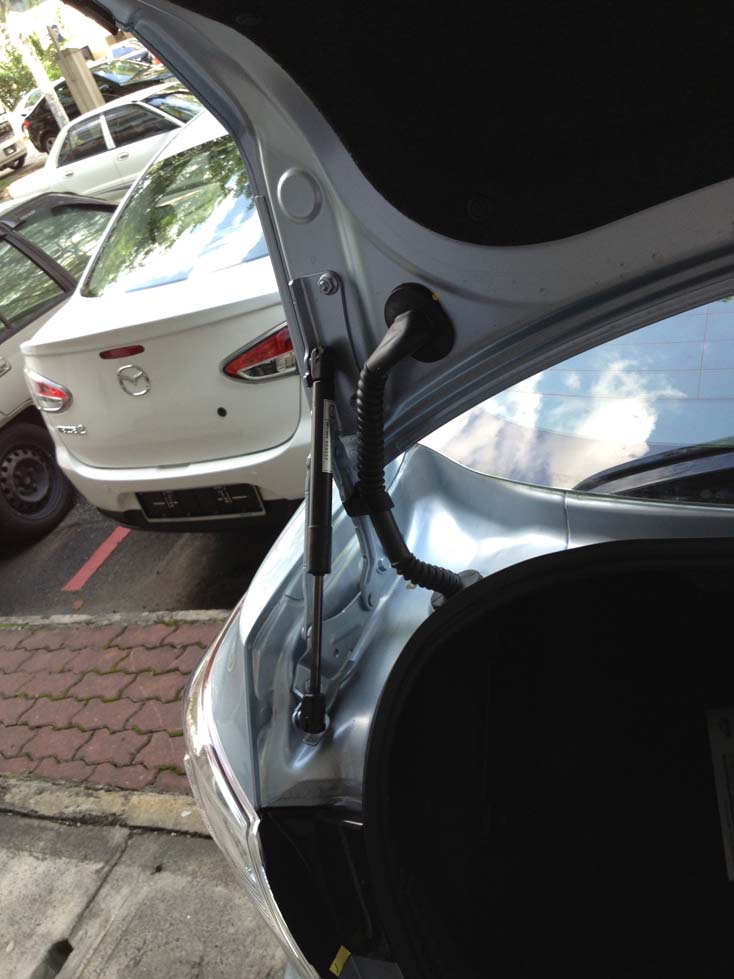

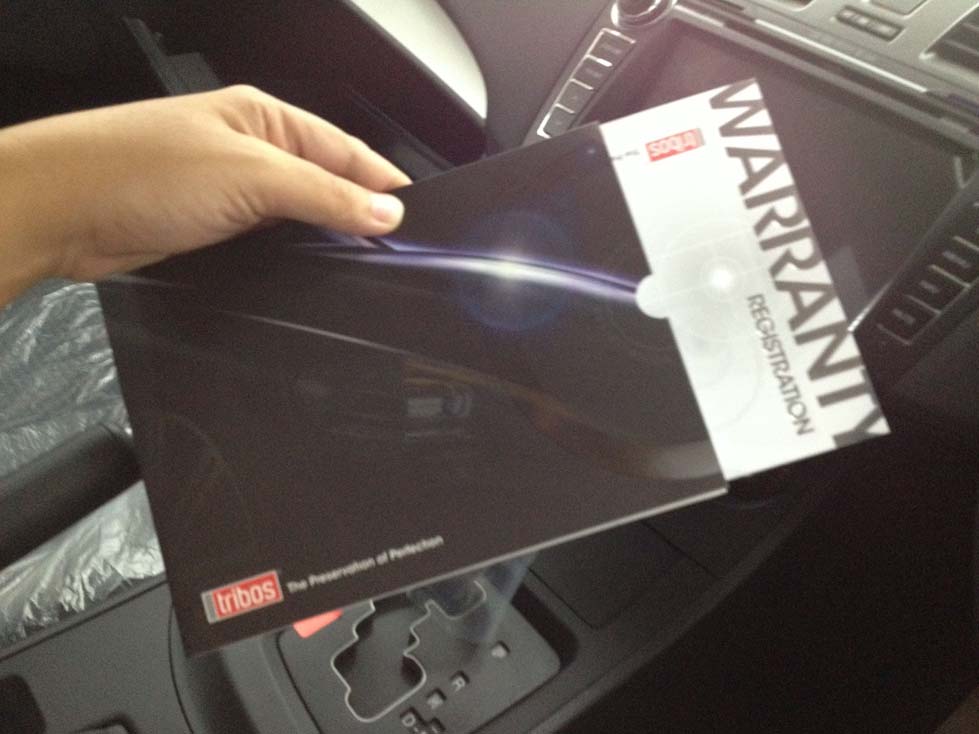

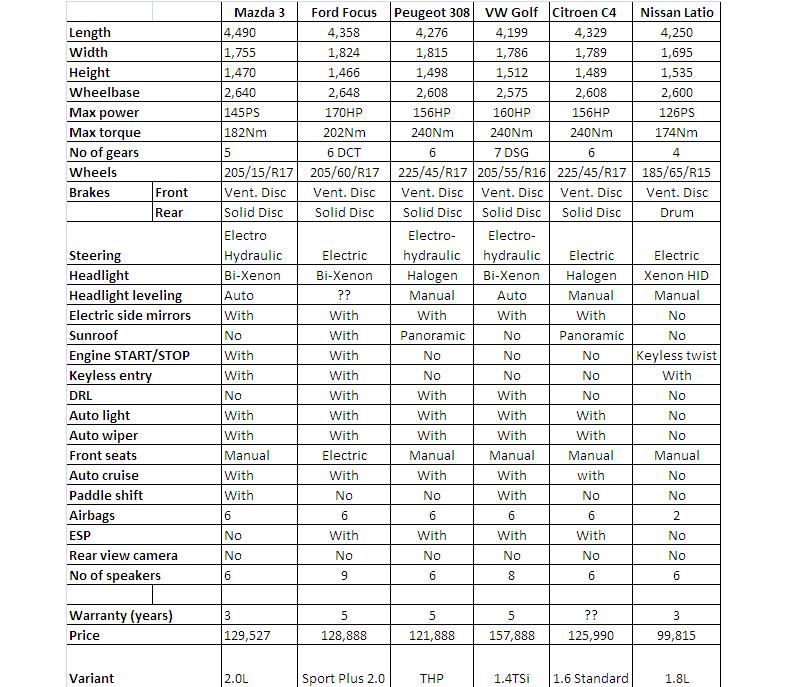
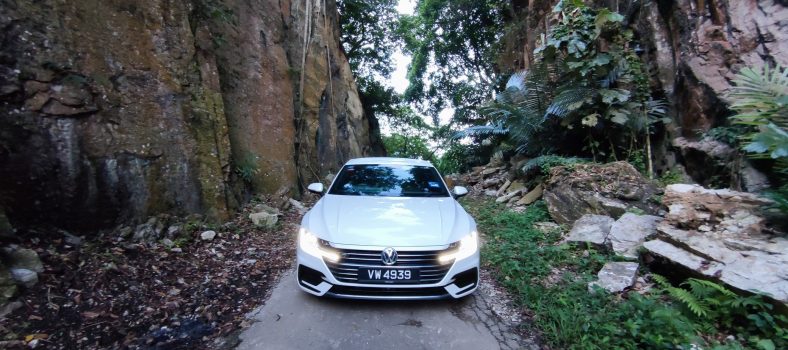

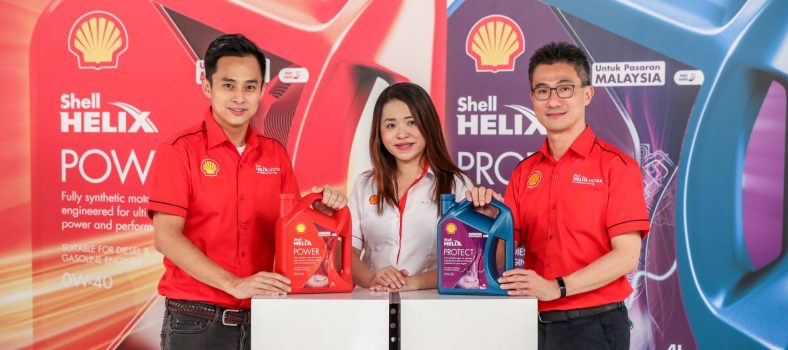
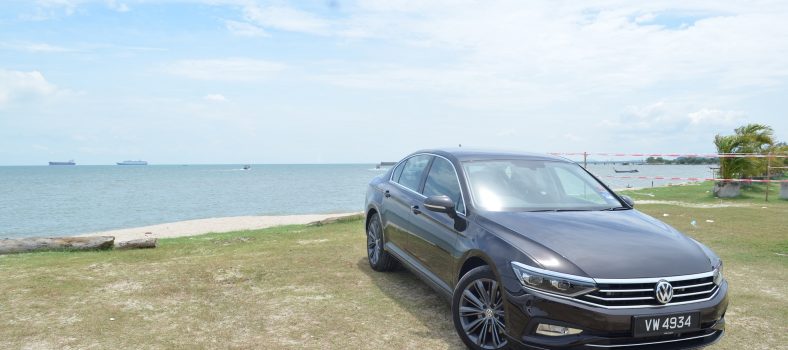
14 Comments
FC for the 2.0 isn’t exactly good and there is no traction/stability control tech. Other than that, it’s not too bad in the segment.
The KIA Forte 2.0 SX out-price, out-perform and out-spec the Mazda 3 easily, No?
Not really. In terms of engine refinement, NVH, steering feedback and suspension set-up, the Mazda 3 may prove to be an able challenge to the Forte 2.0. The key difference between the 2 models is, of course it’s price where at more than 20% cheaper, the Forte clearly has an edge over the Mazda
And Mazda has free 3 years maintenance inclusive parts + labour for 3 years…
It could easily save us few thousand bucks there
My sister got a Mazda 3 and regretted it because of limited room for large adults at the back seats. When she bought it, she went with her 8 year old daughter then!
She is thinking of trading it in.
Where’s the SkyActiv version, with the 6AT GB?
Where’s the traction/stability system?
Can’t figure out why Bermaz is not bring those in, or taking out the extra safety gear. I can’t help but feel as in we are the dumping ground for older inventory, perhaps to clear out the older engines, transmission etc.
I would think the new Ford Focus would be a better deal in terms of standard equipment, and since both brands are perceived as “cold” brands, I won’t bother to look at Mazda 3.
Skyactiv Mazda3 only available in 2.0 form, and only in limited markets with sufficient volume like Japan, US and Australia. Mazda3 in places like Singapore, UK only have the bog standard 1.6 with 4 speed automatic like us.
Even when Mazda3 was first launched in Malaysia few years back, the lack of stability control is really sorely missed!
so in terms of maintenance, mazda 3 is more affordable than a naza kia forte, although the forte is cheaper?
would the forte have more leg room at the back?
The Forte certainly has better rear legroom compared to the Mazda 3
Hi kensomuse,
I would like to know on the engine performance for 1.6L variant. Is it underpower due to heavy body of the car? How about the fuel consumption.
I’m afraid that i made a wrong decision of buying the 1.6L for a price of above 100K. Kindly need your advice.
Hi Mr Fiz,
It sounds as though you are trying to justify your purchase. I am sure you have had time to reflect on what were your personal reasons for choosing the 1.6L M3 …. why don’t focus on those and don’t let others pour cold water over you for a choice they would not have otherwise made? After all, it’s your car.
Cheers, mate!
Hi Kensomuse!
I’m kinda disappointed with yr response to Mr Fiz’s lines of questions regarding the 1.6 sedan variant coz basically i share the same issue or rather dilemma with him. Been having sleepless nights trying to crack my head & make up my mind on what car should i go for coz like him i dun want to waste my money on the car that m gonna regret buying later. I’ve been eyeing the sedan 1.6 due to it’s sporty design yet i wanna be practical too. So plisssss…plisssss give ur review on the fuel comsumption & whether it’s proven to be underpowered (as many have said)? If so i might just opt for City since the price is basically in d same range & even cheaper! (Yup, m aware that City & Mazda 3 are from different segment:-) Is it really worth every ringgit that i’m gonna dump on it? Should i go for city instead? Pls help meeeeee…huhu..:’-((
Hi Lynne019,
Thanks for dropping by. Unless I have read Fiz’s posting wrong, he said he “made” the wrong decision. Once a person has made his purchase, I felt there was little point in commenting about that decision. In your case, however, you have not bought the car and that’s entirely different. Sadly at the time this article was written, I had the opportunity to only sample the 2.0 and not the 1.6. However, if I recall my earlier experience with the pre-facelift 1.6, I did indeed feel the engine was underpowered. Only the 2.0 had enough ummmph to give any me a measure of satisfaction in driving and between the City and the 1.6l Mazda 6, I’d pick the City. I do not have the information regarding the fuel consumption.
Hi Lynne019,
There is no wrong decision, the 1.6 was created to cater for people who wants to drive a segment C level without paying a hefty price tag for it. Otherwise for a hot looking car japanese car with 98k price tag after discount. It is 20k difference compare the 2.0. Take if from me, the 1.6 is sufficient enough to climb genting highland with correct usage of gear, unless u are performance conscious like certain people. Otherwise the image u project wherever you go with a 1.6 M3 or 2.0 M3 is the same.
If you do not want to worry much just get a honda city, it looks fantastic after complete mock-up with modulo kits and you would probably want to install a GPS too. That will cost you almost exactly the same as a 1.6 M3 which comes with a GPS.